Annapurna Sanctuary Trekking - 14 Days
-
max altitude 4190 m
-
Group Type 2-12
-
Trip grade NA
An inspiring Himalayan trek into the heart of the Annapurna range, balanced with a wonderful taste of both city and rural life in Nepal. Although leading you into the heart of the mighty Himalaya, the trekking presents no major difficulties and can be undertaken by enthusiastic hill walkers. The trip culminates with a night at Annapurna Base Camp, surrounded by some of the most awe-inspiring mountain scenery on earth.
Sanctuary is “high glacial basin lying forty kilometers directly north of Pokhara . This oval-shaped plateau sits at an altitude of over 4000 meters, and is surrounded by a ring of mountains, the Annapurna range, most of which are over 7000 meters. With the only entrance a narrow pass between the peaks of Hiunchuli and Machapuchare, where run-off from glaciers drain into Modi Khola River, the Sanctuary was not penetrated by outsiders until 1956. Because of high mountains on all sides, the Annapurna Sanctuary receives only 7 hours of sunlight a day at the height of summer. The unique combination of heights and depths in the Annapurna Sanctuary give rise to an extraordinary variety of ecosystems. The south-facing slope are “covered in dense tropical jungles of rhododendron and bamboo”, while the north-facing slopes, in the rain shadow, have “a drier colder climate similar to that of the near-by Tibetan Plateau.
In recent years, the number of trekkers to the Sanctuary has increased substantially, in part because the Sanctuary forms the base of one of the major routes to the peaks of the Annapurna range. The Annapurna Sanctuary is now part of the Annapurna Conservation Area Project, which places restrictions on number of outside travelers, gathering of firewood, and domestic animal grazing
We often have multiple itineraries so please check to see which itinerary is suitable for you.
Outline Itinerary
Day 01: Kathmandu to Pokhara by tourist bus and stay overnight at Hotel.
Day 02: Drive to Nayapul and trek to Tirkhedhunga and stay over night. (4 Hours)
Day 03: Thikhedunga to Ghorepani about 5 hrs and stay over night at hotel.
Day 04: Early morning (View point poon hill) and trek to Tadapani and over night (4 hours)
Day 05: Tadapni to chhomrong and overnight (5 hours)
Day 06: Chumrung to Bamboo and overnight (5 hours)
Day 07: Bamboo to Deurali and stay over night (4 hours)
Day 08: Deurali to Machhapuchere Base camp and overnight (3hours)
Day 09: Machapuchhere to Annapurna base camp O/N ABC (6 hours)
Day 10: Annapurna base camp to Dovan and overnight (6 hours)
Day 11: Dovan to Chumrung and half day rest day stay over night (5 hrs)
Day 12: Chumrung Gandruk overnight at Hotel (5hrs)
Day 13: Gandruk to Nayapul trek (4hrs) and drive to pokhara O/N (1.30hrs)
Day 14: Drive from Pokhara to Kathmandu (6-7hrs drive)
Option: if you wish fly out from pokhara to kathmandu we will arrange flight ticket as per your wish!
Full Board Service Details
What's included
- 4 night 3 star hotel in kathmandu
- Transport: Airport pick up and drop
- English Speaking Government licensed holder Trekking guide
- Assistance Guide and porters
- Foods and Accommodation in T-house lodge ( 3 meals a day with tea, coffee)
- All Nepali staff and porters insurance during the trip
- Flight /local transport
- National Park fee, TIMS Permit
- Airport tax
- Flight or local transport to KTM-Pokhara-KTM
What's not included
- Lunch & Dinner during Kathmandu stay
- Personal trekking warm clothes, sleeping bag
- High risk medical insurance
- International air ticket.
- Alcohol , beverages & telephone calls
- Emergency rescue evacuation if needed.
- Tips (end of the trip) for your trekking staff and porters.
- If bad weather and other natural disasters circumstance makes your trip longer than our estimate itinerary and the cost will be extra!
Trip Map
Detail Itinerary
Detail Itinerary
What is tea house trekking?
Tea house trekking is popular in Himalayan region. Local community run the tea house and lodge. They serve good foods (breakfast, lunch and dinner) these tea houses have good facility with hot water, comfortable rooms with attached bathroom, you can know the local culture, people and tradition and way of living in the trekking route.
What is camping trekking?
Camping trekking is organized and supported with team of professional guide, Sherpa, cook and porters. They accompany you, while trekking porters carry all the logistics like, tents, kitchen accessories, food, and fuel. Trekker should carry his/her minimal personal belongings while trekking.
What is the best time for trekking in Nepal?
The best season for trekking is March to May and September to November, during this period the weather is stable and clear, it is very wonderful time to experience the real Nepal to see the amazing view of mountains, snow caped Himalaya and flora and fauna and culture of local people in the Himalayan region.
How difficult is trekking as I aspect the route?
Trekking is challenging walk in the different altitude, landscape and terrain so it depends on the location and choice of the trekker and the trekking route. There are easy, difficult and extreme treks in the Himalayas. One can choose out of different options of trekking packages provided by the trekking company.
Is there any age limit for trekking in Himalaya?
There is no any age bar in trekking in the Himalaya. We design trek for children, teenager as well as senior citizen. For children and senior citizen we offer short and easy treks like around Kathmandu and pokhara valley. For adult and teenager we offer moderate and extreme trek.
Is trekking permit required?
Yes, you need trekking permit while trekking. Depending on the trekking area you require special permit like restricted area, for other you need conservation / National park entry permit and TIMS (Tourism information management system) card.
How can I book the trekking package?
First you need to log in to our web site HimalyanEcstasyNepal.com; you can get further information in our web site about booking the trekking package. If you are already in Nepal then you can visit our head office in Thamel in front of Kathmandu Guest House. Then we can arrange your trekking package according to your choice.
What type of insurance should I have to do before coming Nepal? Is there insurance facility there?
You should do your insurance from your respective country, which covers your risk, emergency evacuation by helicopter, medical treatment and other possible risks. Here is no policy as such.
Is it possible to communicate to my family while trekking?
You can have easy access to communication but in remote areas we use satellite phone. So communication won't be an issue.
What should be the criteria for physical fitness to trek in Nepal?
The trekker should have general physical fitness, some experience of hiking, should not have any chronic disease, cardio respiratory diseases etc.
Can I trek in the Himalayas of Nepal without prior trekking experience?
Yes you can trek without experience, but you should acclimatize first, have good health, we guide you according to your need, you can do difficult and extreme treks.
Is it necessary to use guide and porter while on trek in Nepal?
It is highly recommended as guide knows the route very well, and communication with local people is easier with guide. Security is the major issue.
Does HEN arrange domestic and international flights and booking hotels?
Yes HEN arrange domestic and international flights and book hotels, we serve this service to our costumers only.
What is the standard of water, sanitation and fooding and lodging while trekking?
As trekking is done in different landscape and trails, those routes are far away from pollution. Water here is drinkable but taking into consideration of our client's health and hygiene we provide mineral water which is purified and filtered. We provide standard and healthy foods. We provide best and comfortable lodging service available in trekking route.
Can I trek without porter and guide?
Yes you can trek without guide, but we suggest you not to trek without guide, due to security reason. Communication with local people, and trek route topography and weather as well as natural disaster are the challenges; if you go with guide it would be more comfortable for you.
How can I avoid blisters?
Shoe and socks should be comfortable, select right size, thick sole and matter of inner sole. If you have sweating feet then you have to change your socks frequently keep your feet clean and dry. You should carry blister prevention tape; skin tape can be helpful.
Do I need trekking pole?
Yes you do need trekking pole, it helps you save energy in high ascend and descend, if you have weak hips and knees and it helps to reduce the strain.
How will you help me if I suffer from altitude sickness or accident ?
Depending on the seriousness of the accident we provide first aid if not then company can arrange the evacuation operation to the nearest medical facility and in case of any emergency company could bring you to Kathmandu.
Where to stay during trekking?
You stay in local lodge or tea house; they have basic facilities like food, accommodation for sleeping and hot safe drinking water. Your guide helps you to accommodate in good lodge or tea house while trekking.
What is the guide's qualification who guides us?
We have government certified and experienced guide who can speak English very well, have good experience of trekking route and have good sense of humor, have knowledge to describe the local culture and community, biodiversity and flora and fauna.
What is the guides and porters safety and about their insurance?
We do insurance for guide and porters, we provide first aid kit for our staff's medicine, and provide emergency rescue. We are always conscious about the health and safety of guide and porters.
Is there tipping compulsory for guides and porters?
Tipping is not necessary for HEN staffs, although tipping for guide and staff is good practice, porter and guide expect tip, your tip helps their family.
How to avoid motion sickness ?
While trekking or driving you may feel motion sickness, vomiting there may be many reason, due to curves and the altitude complete different terrain and topography. Drink enough water while trekking, take lemon pieces, chew ginger or you can use motion-sickness tablets, such as Dramamine. You should not be worry about motion sickness, it is self treatable and get rid of it .
Trekking equipment
- XL /M size Duffle Bag
- Rucksack (40ltr-55ltr)
- Down Jacket
- Water proof Jacket
- Jumper or pile jacket
- Hiking shirts
- Hiking pants
- T-shirts
- Full –Sleeves shirts
- Sun hat
- Personal towel
- Sleeping bag – 200 above (3/4 season)
- Camp shoes
- Rain poncho or Umbrella(if you are summer travel)
- Plastics for cover your personal bag when gets rain
- Polypropylene /wool socks
- Water bottle
- Flash light
- Batteries and bulbs
- Medical& First-aid kit
- Swiss army knife
- Sewing kit
- Light weight fleece jacket
- Wool long under wear
- Light cotton socks for under wools socks
- Woolen socks to wear with boots
- Mountain trekking boots/ water prove shoes
- Insulated pants
- Nylon wind stopper
- Nylon wind pants
- Long under ware
- Woolen hat
- Gloves /fleece/mitten
- Gaiters
- Goggles or sunglass UV protected
- Sun block
Toiletries
- Camera /memory stucks
- 1 medium sized quick drying towel
- Toothbrush/paste (preferably biodegradable)
- Multipurpose soap (preferably biodegradable)
- Deodorant
- Nail clippers
- Face and body moisturizer
- Feminine hygiene products
- lip balls/ sun creams UV protect
- Mosquito protect creams (required only summer)
- Personal your nature things
Our Best Selling
Our collection of the most best selling packages in 2025-
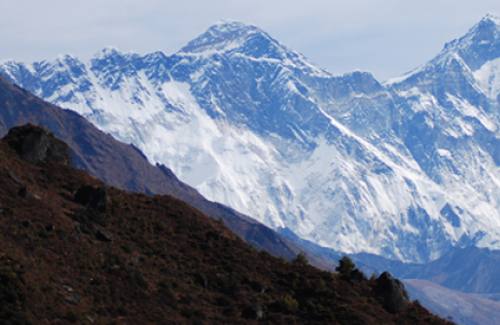
Everest Base Camp Trek
EBC Trek- Duration 17 Days
The Everest Base Camp is the adventure of a lifetime…
-
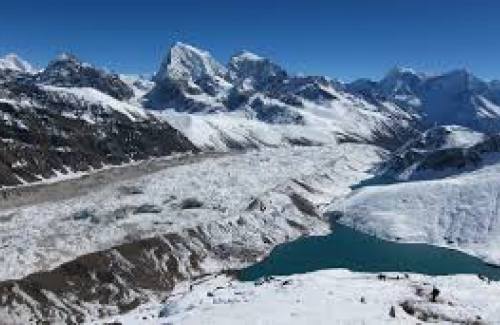
Chola Everest Base Camp Trek
- Duration 18 Days
Everest basecamp via Gokyo Chola pass trek is adventerous trekking…
-
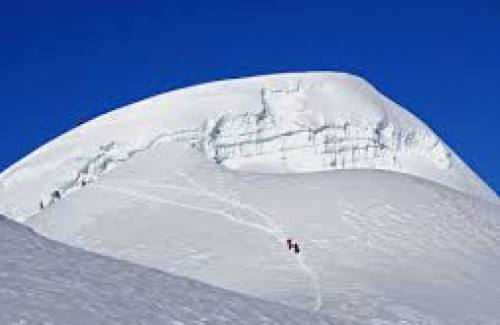
-
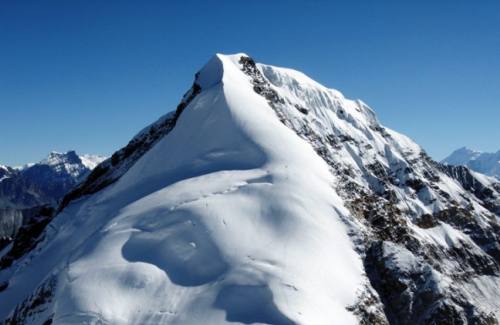
Chulu East Peak climbing
- Duration 5 Days
Chulu East is part of the Annapurna Himalayan range, within…
-
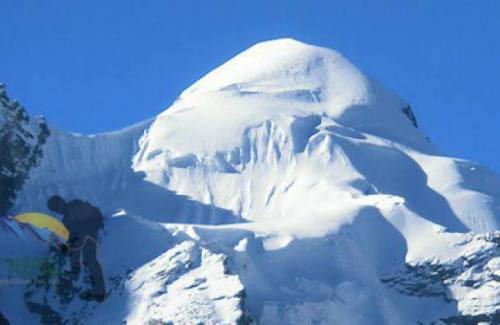
Naya Kanga (Gyanja La peak)
- Duration 17 Days
Naya Kanga (5844m) is shapely mountain rising to the west…
-
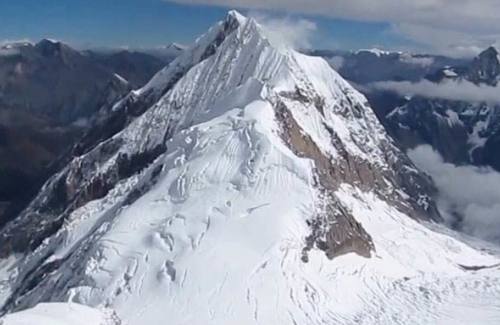
Manaslu Expedition
- Duration 56 Days
Manaslu (8,163 meters/26,781 feet) is the eighth-highest mountain in the…
-
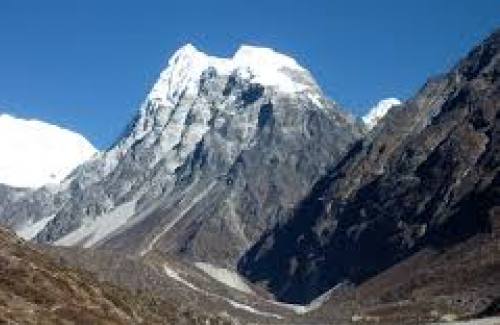
Baruntse Expedition
- Duration 33 Days
The potential for climbing "east of Everest" was first recognised…
-
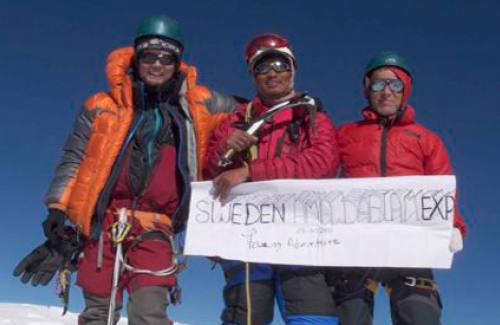
-
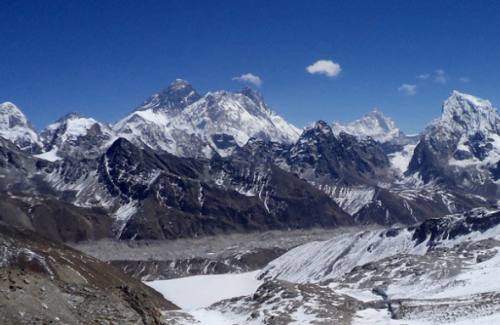
-
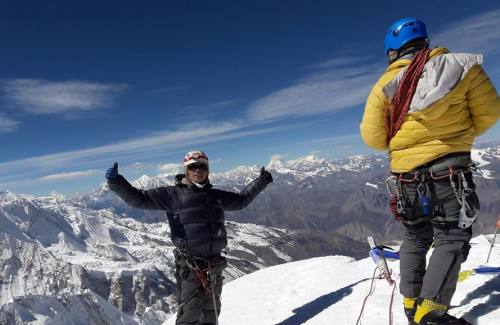
Himlung Himal Expedition
- Duration 30 Days
Himlung Himal, standing at 7,126m, is a popular climbing peak…
AFFILIATIONS
We are proud to join.





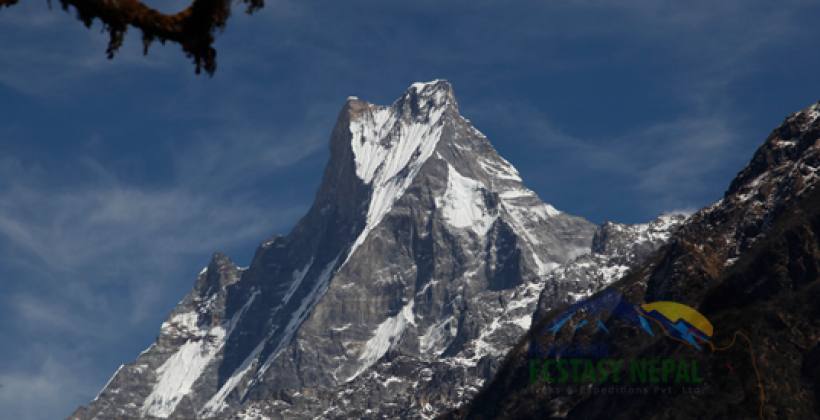
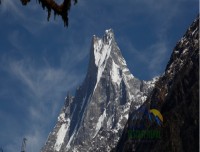
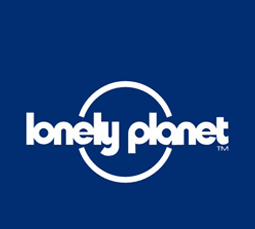
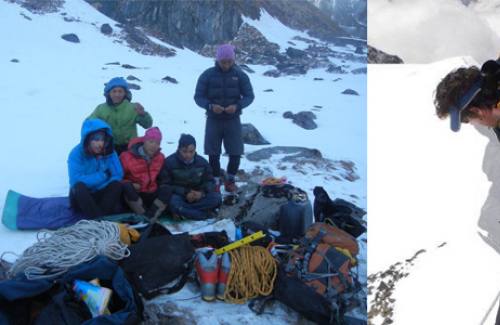
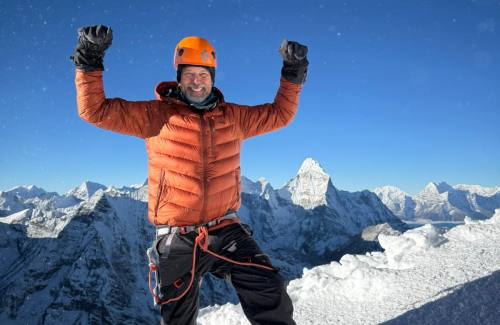
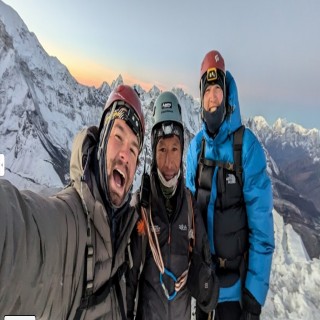

.jpg)

